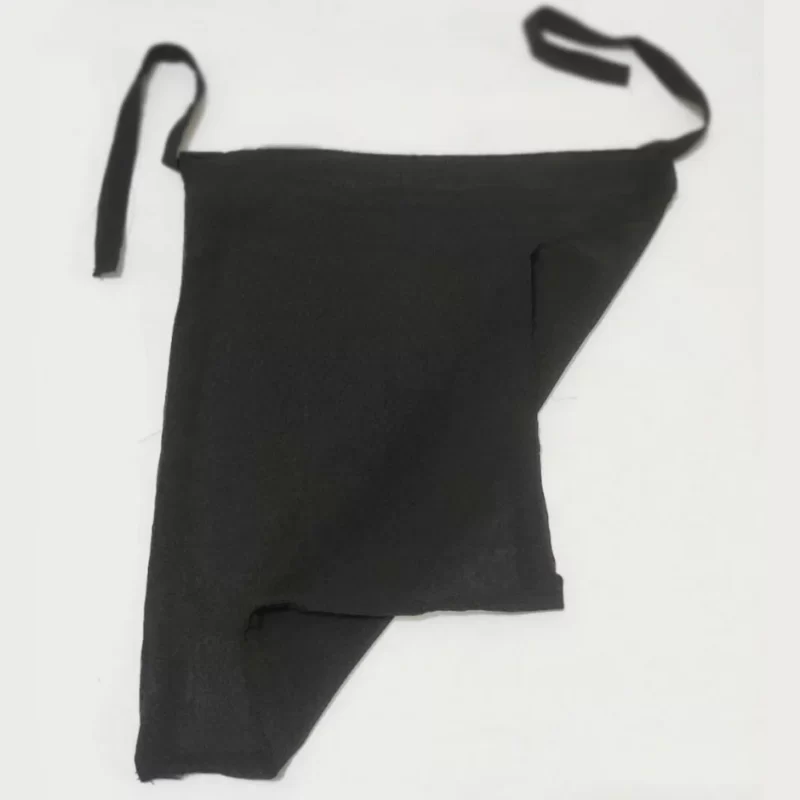Uncategorized
The Niqab: History, Cultural Significance, and Modern Perspectives
The Niqab: History, Cultural Significance, and Modern Perspectives
The niqab is a form of face covering worn by some Muslim women, typically leaving only the eyes visible. Its practice and significance vary across cultures, and the niqab has become a subject of much discussion and debate in both Muslim-majority and non-Muslim societies. With roots in religious and cultural customs, the niqab represents identity, spirituality, and personal choice for many women.
1. Origins and Historical Background
The niqab’s history is intertwined with the broader history of modest dress in various ancient cultures, particularly within the Arabian Peninsula and other parts of the Middle East. Modesty, or haya, is a fundamental concept in Islam, and modest clothing has been emphasized for both men and women since the religion’s early days.
Pre-Islamic Roots
Modesty in dress is not exclusive to Islam; it was prevalent in several ancient cultures, including Assyrian, Roman, and Byzantine societies, where women often wore veils. In pre-Islamic Arabia, veiling was a practice associated with nobility and respectability, distinguishing women of status from those of lower social ranks. The niqab, as a particular type of covering that shields the face, likely developed from these ancient customs of distinguishing modesty and social status through dress.
Introduction of the Niqab in Islamic Tradition
The practice of wearing the niqab has roots in Islamic teachings. Verses in the Qur’an, as well as hadiths (sayings of the Prophet Muhammad), emphasize modesty and encourage both men and women to dress modestly. However, interpretations of these teachings vary widely, leading to different practices and views on whether the niqab is a required or recommended form of modest dress.
– Qur’anic References: Verses in the Qur’an, such as in Surah Al-Ahzab (33:59) and Surah An-Nur (24:31), advise women to draw their outer garments close and lower their gaze in public. While these verses encourage modest dressing, they do not specifically mandate covering the face. Instead, many scholars interpret these verses as general guidelines for modesty, while others see them as recommending more extensive covering, including the niqab.
– Historical Practice: During the time of the Prophet Muhammad, the niqab was adopted by some women as a means of privacy and respectability. Many women in the early Muslim community, particularly those from noble families, wore niqabs to convey social standing and commitment to modesty. Over time, the practice spread and became a part of the cultural and religious fabric of various Muslim societies.
2. Variations and Cultural Significance of the Niqab
The niqab, while often associated with conservative Islamic dress, varies significantly across different cultures. The style, form, and reason for wearing the niqab can differ depending on cultural, regional, and individual factors.
Regional Styles of the Niqab
The niqab has taken on many forms, reflecting the diverse cultural landscapes of the Muslim world:
– Gulf Region (Saudi Arabia, UAE, Qatar): The niqab is often associated with traditional Gulf attire, where it is usually black and paired with an abaya (long cloak). In this region, niqabs often cover the entire face, leaving only a narrow slit for the eyes.
– South Asia (Pakistan, Afghanistan): In some South Asian cultures, the niqab may include variations like the burqa, which covers the entire body and face, often with a mesh screen over the eyes. In urban areas, women may wear a simpler niqab without additional layers.
– North Africa (Egypt, Morocco): Here, the niqab is less common, but some women choose to wear it in specific social settings. The niqab style in North Africa may include more colorful fabrics and intricate designs, distinguishing it from the black niqab seen in the Gulf region.
Significance of the Niqab in Different Cultures
The niqab holds varying meanings across Muslim societies:
– Symbol of Modesty and Spirituality: For many, the niqab is a spiritual choice, representing a commitment to religious values and modesty. Women who wear the niqab often view it as a physical expression of their relationship with God and an act of humility.
– Cultural Identity: In regions like Saudi Arabia, the niqab is not only a religious garment but also a cultural symbol, integral to the traditional dress code. In such places, the niqab may serve as a marker of identity, linking wearers to their community and heritage.
– Expression of Personal Choice and Empowerment: For some Muslim women, wearing the niqab is a form of self-expression, allowing them to control how they are perceived by society. Many women express that choosing the niqab empowers them to define their appearance on their terms, free from societal expectations.
3. Modern Debates and Perspectives on the Niqab
The niqab has become a focal point in discussions about women’s rights, freedom of expression, and religious freedom. These discussions often highlight the tension between individual freedom and societal norms.
Conclusion
The niqab’s history and significance are as diverse as the women who wear it. Originating as a traditional garment for modesty, it has evolved over centuries to become a multifaceted symbol of faith, identity, and self-expression. While it continues to inspire both admiration and debate, the niqab’s enduring presence highlights its importance in the lives of countless women who see it as an essential part of their personal and religious identities.

